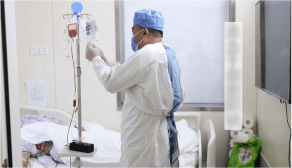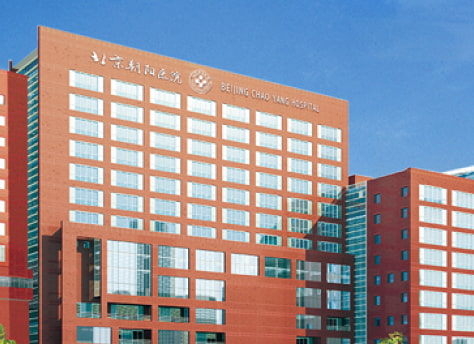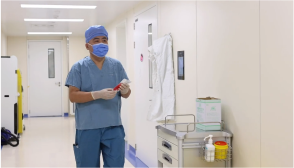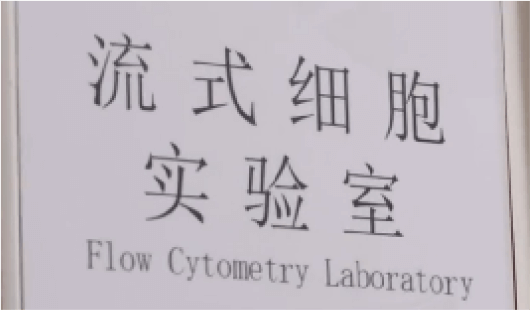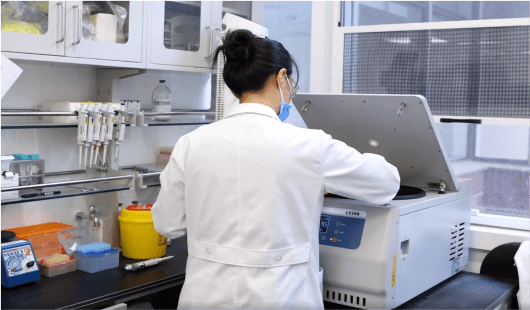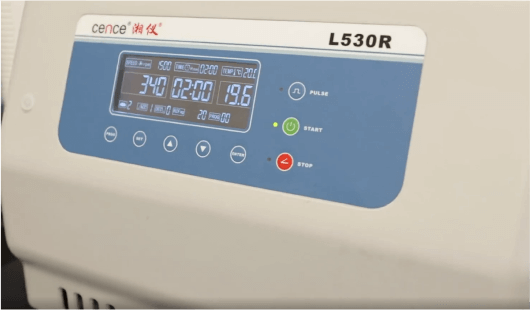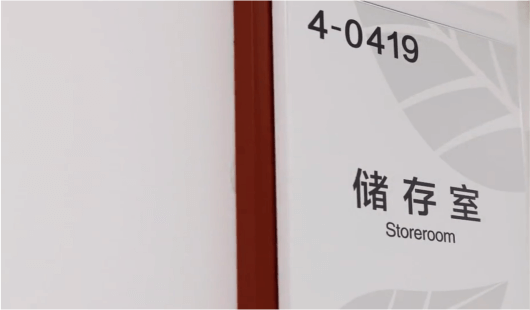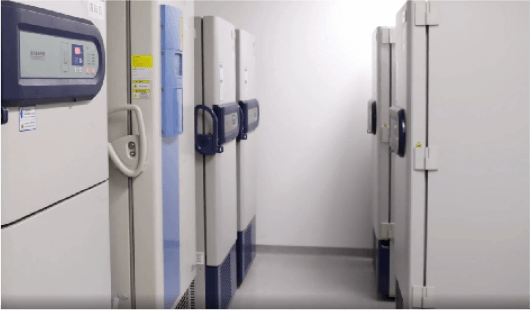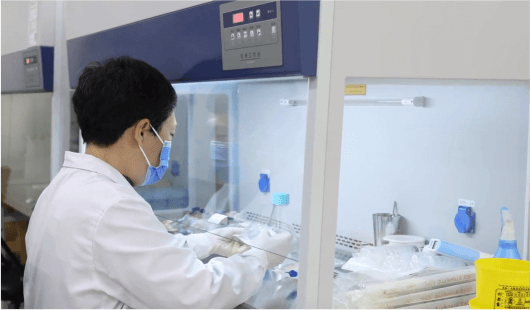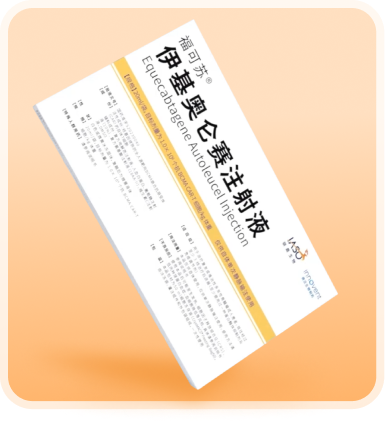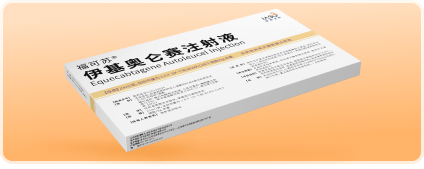Basic and clinical studies on multiple myeloma have been focused since the 1970s. In 2005, the former Beijing Municipal Bureau of Health approved the establishment of the "Beijing Multiple Myeloma Medical Research Center", which is the affiliated unit of the Department of Hematology of Capital Medical University. It is the "Key Specialty of Multiple Myeloma" and "Denfeng Talent Team" of Beijing Medical Administration. It is also the chair unit of the Hematology Professional Committee of the Chinese Medicine Education Association.
Professor Wenming Chen, Director of Hematology Department, is the chairman of the Hematology Professional Committee of the Chinese Medical Education Association, a member of the International Myeloma Working Group (IMWG), and the Standing Committee of the Asia-Pacific Myeloma Working Group (AMN). He participates in the development of several international and domestic guidelines for the diagnosis and treatment of myeloma, and proposes and promotes the establishment of a standardized diagnosis and treatment system for myeloma in China.
The hematology department of Beijing Chao-yang Hospital admits a large number of patients with myeloma every year, of whom more than 80% are patients outside Beijing. In 2018, the Beijing Municipal Medical Administration approved the establishment of the "Multiple Myeloma Expert Team", with myeloma as the core, to undertake the consultation work of difficult plasma cell diseases in China, and to undertake the task of training multiple myeloma specialists. In the past 5 years, the scientific research projects undertaken by the project director (unit) include 2 major special projects of the Ministry of Science and Technology, 3 projects of the National Natural Science Foundation of China, 2 projects of the Beijing Natural Science Foundation, 2 projects of the Beijing Municipal Science and Technology Commission, and 4 projects of the Sailing Project of the Beijing Municipal Medical Administration, etc. The scientific research funds have been about 24 million yuan. The Department of Hematology of Beijing Chao-yang Hospital cooperates with the International Myeloma Foundation to organize the Multiple Myeloma Summit Forum and the training course on the New Progress of Multiple Myeloma every year to become a leading diagnosis and treatment center for plasma cell diseases in China.
The Department of Hematology of Beijing Chao-yang Hospital, Capital Medical University is composed of the Department of Hematology of this department and the Department of Hematology of Beijing West Campus. The department has a total of 66 beds (including 62 general beds and 6 bone marrow transplantation wards). A large number of patients with hematological diseases are admitted annually. It is the seat of Beijing Multiple Myeloma Medical Research Center and the seat of the Department of Hematology, Capital Medical University. At present, Professor Wenming Chen is the director of the department, the director of the research center and the director of the department of hematology. The department has an excellent, young and energetic cadre of talents, including 5 professors/chief physicians, 5 associate professors/deputy chief physicians; 4 doctors and 13 masters; 1 doctoral supervisor and 1 master supervisor.

The center was established on the basis of the Department of Hematology and Oncology, Beijing Chao-yang Hospital. Since the mid-1970s, the Department of Hematology and Oncology of Beijing Chao-yang Hospital has been conducting clinical studies on multiple myeloma, especially in the past 10 years, physicians at all levels have conducted systematic studies in basic medicine and clinical diagnosis and treatment. More than 100 papers have been published in domestic and foreign medical journals. The following work was mainly carried out:

- Director, Department of Hematology, Beijing Chao-yang Hospital, Capital Medical University;
- Director of Beijing multiple myeloma Medical Research Center
- Director, Department of Hematology, Capital Medical University.
- Beijing Municipal Hospital Authority Dengfeng talent team and multiple myeloma key professional leader
- Committee Member of International Myeloma Working Group (IMWG)
- Standing Committee Member of the Asian Myeloma Network (AMN)
- Chairman of hematology Committee of Chinese Medical Education Association
- Member, Hematology Branch, Vice Chairman, Myeloma Expert Committee, Chinese Medical Doctor Association
- Member, Standing Committee of the Hematologic Oncology Branch, Chinese Anticancer Association
- Member, Professional Committee of Integrative Hematology, Chinese Medical Doctor Association
- Won 2 national science and technology major projects(Group leader, deputy group leader)、
- More than 10 grants from the Natural Science Foundation
- Published more than 200 academic papers


